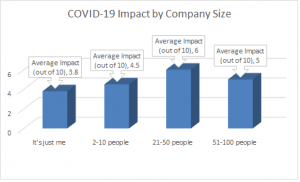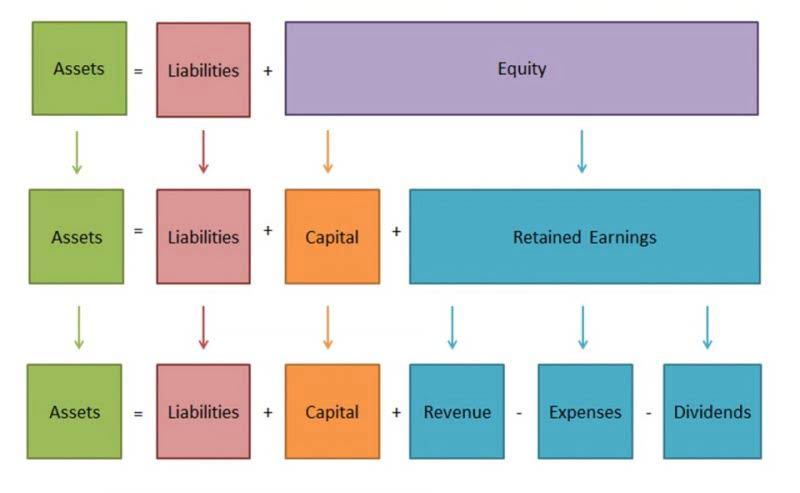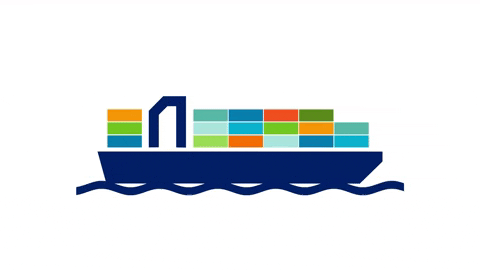
General ledger reconciliation is the process of ensuring that a company’s financial data is balanced and accurate. This typically involves comparing documents such as bank statements and invoices. Maintain clear records of all supporting documents, such as invoices, bank statements, and receipts. A well-defined system ensures that you can quickly locate any necessary information during the reconciliation process or for audit purposes. Consider a cloud-based document management system for easy access and secure storage. Also known as a “risk-based approach,” one key best practice within the reconciliation process is to identify the accounts that inherently have the greatest risk of error.
Step 2
- Once you’ve identified potential causes, develop a resolution strategy that addresses each one systematically.
- Download our data sheet to learn how you can manage complex vendor and customer rebates and commission reporting at scale.
- This includes accounts affected by late or delayed payments, which can impact your cash flow statement.
- Take advantage of these technological advancements to gain control over your financial processes and focus on growing your business.
- Consistent reviews also help you maintain a clear understanding of your financial health, enabling you to make informed business decisions.
- Our account reconciliation software also adds proper controls to general ledger reconciliations.
While GL Recon QuickBooks may sound the same, each GL Recon category differs widely from another. But let’s face it—manual reconciliation can be time-consuming and prone to errors. A consistent, organised approach will save you time and help keep your financial records accurate. Always double-check that transactions are being recorded in the correct account to avoid this mistake.

What are automated reconciliations?

While a slight delay in finalizing general ledger reconciliations isn’t catastrophic, it’s crucial that management reviews the correct reports when they are completed. In conclusion, regularly comparing general ledger balances with external sources is crucial for error prevention and maintaining control over your company’s finances. By incorporating this best practice into your reconciliation procedures, you can ensure the accuracy of your financial records while minimizing the risk of significant errors going undetected.

Using Bank Statements for Cash Reconciliation
- Procurement software updates financial records instantly with every transaction, whether it’s an order placed or an invoice received, directly affecting the ledger balance.
- This includes providing training on new technology solutions and best practices for reconciling financial data.
- Open communication helps identify and resolve discrepancies more effectively.
- However, businesses with high transaction volumes often benefit from more frequent reconciliation, such as weekly or even daily for certain accounts.
- Accounts receivable reconciliation allows you to spot any mismatches, investigate discrepancies, and take prompt follow-up actions.
- The first step is to make sure all of your financial data has been entered into the general ledger.
- Technology helps improve both the accuracy and efficiency of this process.
HubiFi’s solutions are designed with compliance in mind, helping you meet industry standards such as ASC 606 and 944. Automating the reconciliation process with pre-configured routines can save time and reduce human error. Automated solutions can match transactions, manage intercompany reconciliations, streamline balance sheet certification, and close task checklist management. Pre-configured routines simplify the comparison of account balances and identify discrepancies. Combining these approaches can help the finance team focus on value-adding analysis and investigation. By comparing your general ledger balances with external data sources, such as bank statements or vendor invoices, you can identify any inconsistencies or errors in your financial records.
Benefits of Automated Reconciliation

This includes bank statements, credit card statements, invoices, receipts, and any other supporting documentation. A complete record of financial transactions is essential for a thorough reconciliation. This is performed by accountants and finance professionals and involves a deep analysis of the data found in the general ledger.
- A general ledger is an accounting record, made up of the raw data that’s later used by accountants to create reports at the end of your accounting period.
- For teams on Numeric, the trial balance and supporting document total will auto-populate each month, no need to download.
- Explore a comprehensive guide to general ledger reconciliation for more insights into this critical process.
- In addition to improving individual accountability, this guards against duplication of journal entries or overlapping tasks.
Accounts Payable Solutions
This process ensures that all fixed assets are correctly recorded https://www.bookstime.com/articles/accountant-for-freelancers in the general ledger and that their values reflect any depreciation or disposals. Accurate fixed asset reconciliation is important for tax reporting and for understanding the true value of your company’s assets. For help managing complex assets, explore HubiFi’s integrations with leading ERP and accounting software. General ledger reconciliation is a crucial step in the financial closing process, ensuring the accuracy and completeness of both the general ledger and financial statements. This practice significantly enhances the company’s financial reporting accuracy and reliability.

Putting off reconciliations until the last minute can lead to a mountain of discrepancies gl reconciliations and make it harder to track down errors. Other common pitfalls include inaccurate journal entries, incorrect account coding, and overlooking small discrepancies. Setting up a clear process with strong internal controls can help prevent these issues. When choosing reconciliation software, look for features that maximize efficiency.

